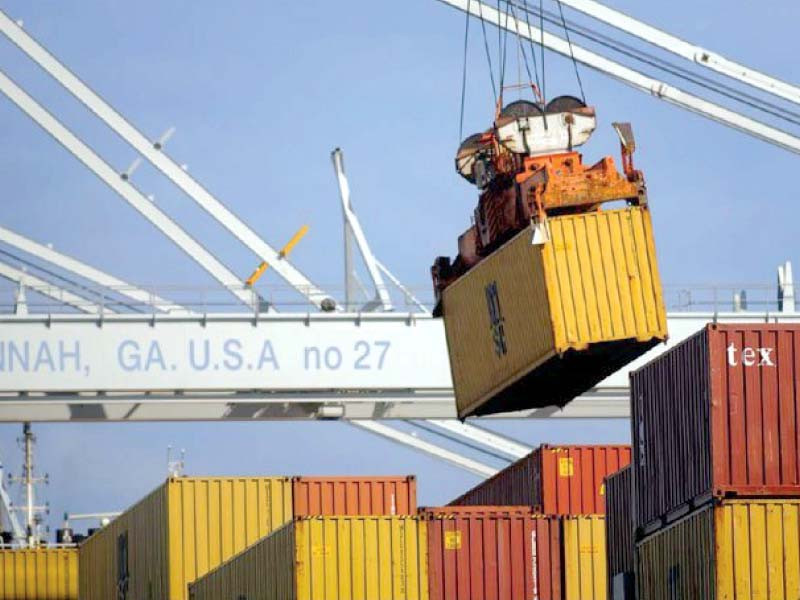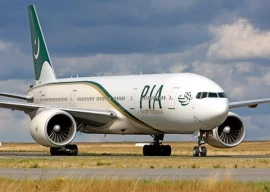
The Russia-Ukraine war, combined with the disruptions caused by the Covid-19 pandemic, has further sped up the evolving global economic order.
The battle between the United States and China for economic supremacy is intensifying.
Asia seems to be the leading region of attention. President Joe Biden’s recent visits to South Korea and Japan to participate in various summits show how seriously the United States is trying to restore its declining influence in the region.
Here are some steps the US is taking to revitalise its economic engagement in the area.
First, it launched the Indo-Pacific Framework for Prosperity (IPEF). So far, Australia, Brunei, India, Indonesia, Japan, Korea, Malaysia, New Zealand, the Philippines, Singapore, Thailand, and Vietnam representing 40% of the world’s GDP, have joined
the initiative.
Although trade is described as one of the pillars, the US has clarified that the IPEF will not be a free trade agreement (FTA).
Second, in response to the Chinese Belt and Road Initiative (BRI), the US has announced the launch of the Partnership for Global Infrastructure and Investment (PGII) in collaboration with the other G7 countries, ie, Canada, France, Germany, Italy, Japan and the United Kingdom.
This is a $600 billion initiative with the US promising to raise $200 billion and the rest would be mobilised by the other G7 countries over the next five years.
The programme is intended to meet the infrastructure needs of developing countries.
Already some small-scale projects such as a solar-powered project in Angola, a vaccine manufacturing facility in Senegal, and a $30 million investment in India to increase food security and promote climate adaptation have been announced.
Third, the US and other G7 countries are encouraging their companies to diversify their supply sources to avoid over-dependence on China.
Instead of “offshoring”, as has happened for the last three decades, the emphasis is now on “onshoring”, “reshoring”, or “friend-shoring”, ie bringing production back home or moving it to reliable friends and allies.
In order to meet the above challenges, China has been making its structural economic shift through different strategies. It is moving towards self-reliance and domestic consumption instead of relying on exports and
foreign markets.
Through the “Made in China 2025” strategy, it is upgrading its industrial capability. It is moving up the value-added chain from a low-cost manufacturer to becoming dominant in the global hi-tech manufacturing.
It is also creating brand awareness for its companies and is aiming to meet green development targets. Last year, China’s research and development (R&D) expenditure as a share of its GDP hit a new high of 2.44%
reaching $440 billion.
Despite shifting towards domestic consumption, unlike the US, China continues its global integration through free trade agreements. It recently signed trade agreements with 14 Asia-Pacific countries through the Regional Comprehensive Economic Partnership (RCEP).
This is the world’s largest free trade agreement covering about one-third of the world’s population and GDP.
Furthermore, in September 2021 China has also applied to join the Trans-Pacific Partnership (TPP) after President Trump pulled
out of it.
China does not see PGII as a serious competitor. It has welcomed the G7 investment initiative and has offered its cooperation.
In contrast to the US, whose hostility against BRI has been growing since the Trump era, China does not have any objection if any country opts to use PGII funding for its infrastructure needs.
For most developing countries, this competition is an opportunity to further their economic interests. They have made it clear that they would like to keep their existing close relations with the US and China.
Pakistan has been a significant beneficiary of the Chinese BRI. On the other hand, in the recent past, it has not made any serious efforts to attract sizeable investment from the
G7 economies.
This is even though over 60% of Pakistan’s exports go there. Like other Asian countries, Pakistan can also benefit from the rising competition.
Since China does not see any conflict between PGII and its BRI projects, Pakistan can explore how it can benefit by participating in the newly launched G7 initiatives. Furthermore, Pakistan has also not been successful in attracting any notable manufacturing companies moving out of China. So far most of them have moved
to Vietnam.
Besides political instability, there are many other hurdles such as outdated taxation, regulatory and legal frameworks that needs to be reformed urgently to make use of this opportunity.
The writer has served as Pakistan’s ambassador to WTO and FAO’s representative to the United Nations at Geneva
Published in The Express Tribune, July 25th, 2022.
Like Business on Facebook, follow @TribuneBiz on Twitter to stay informed and join in the conversation.


1730959638-0/trump-(19)1730959638-0-165x106.webp)















COMMENTS
Comments are moderated and generally will be posted if they are on-topic and not abusive.
For more information, please see our Comments FAQ